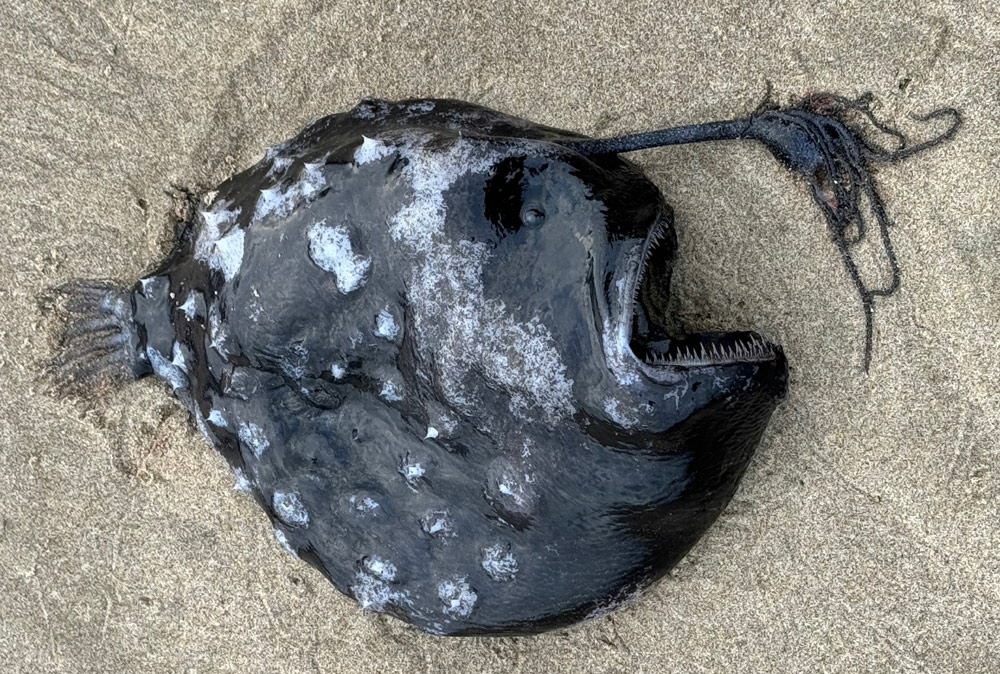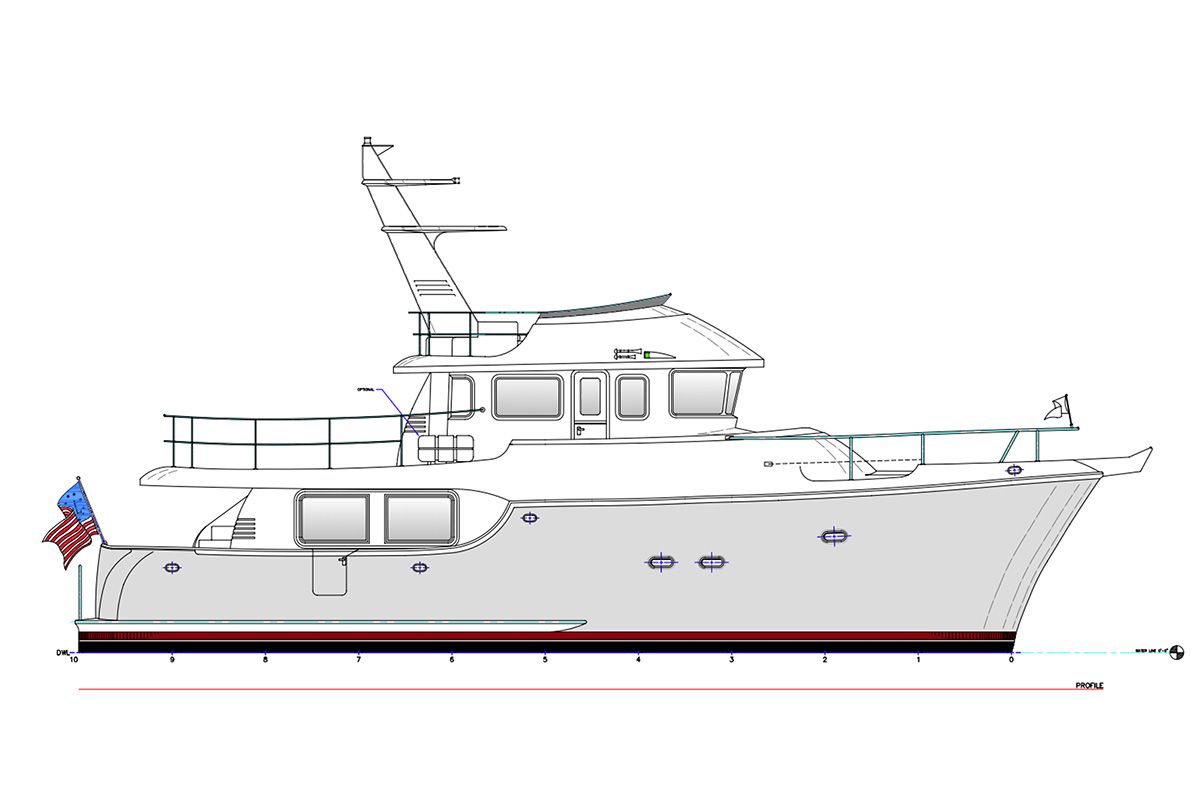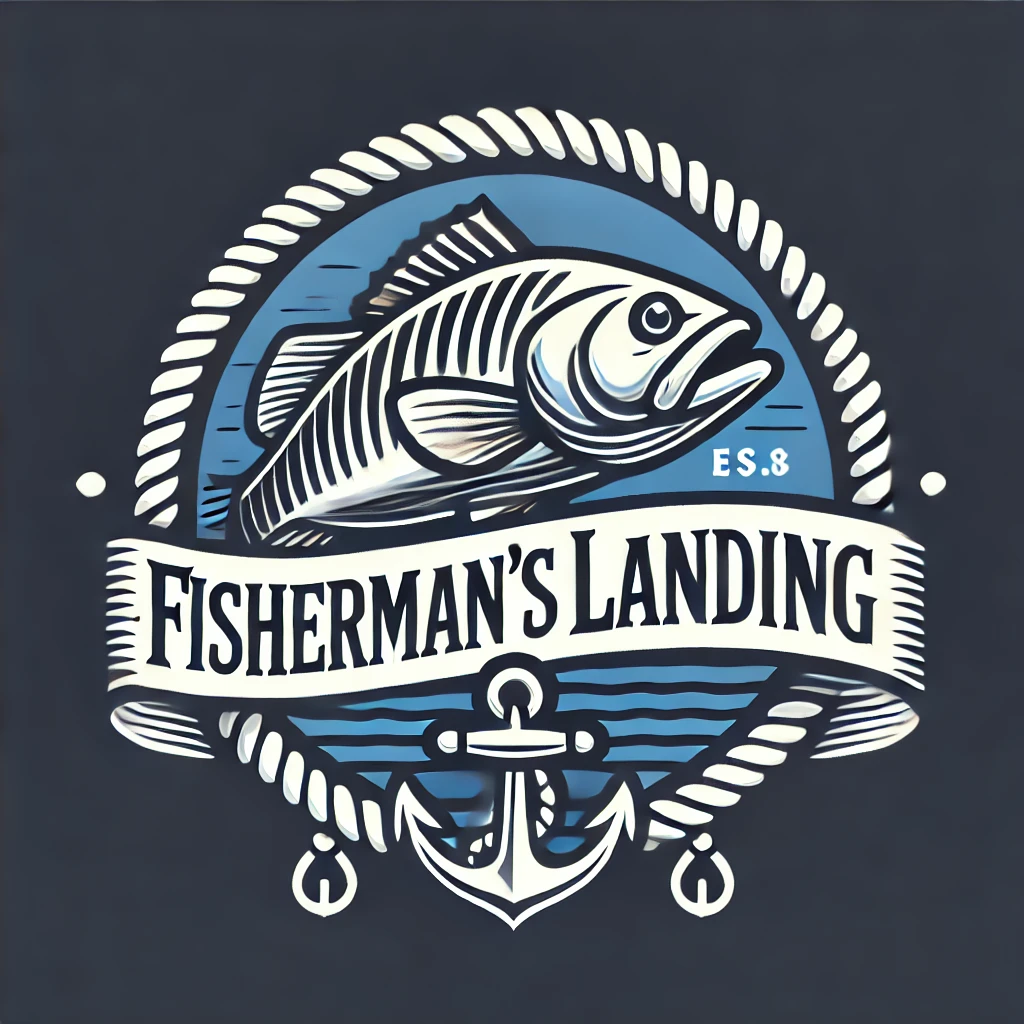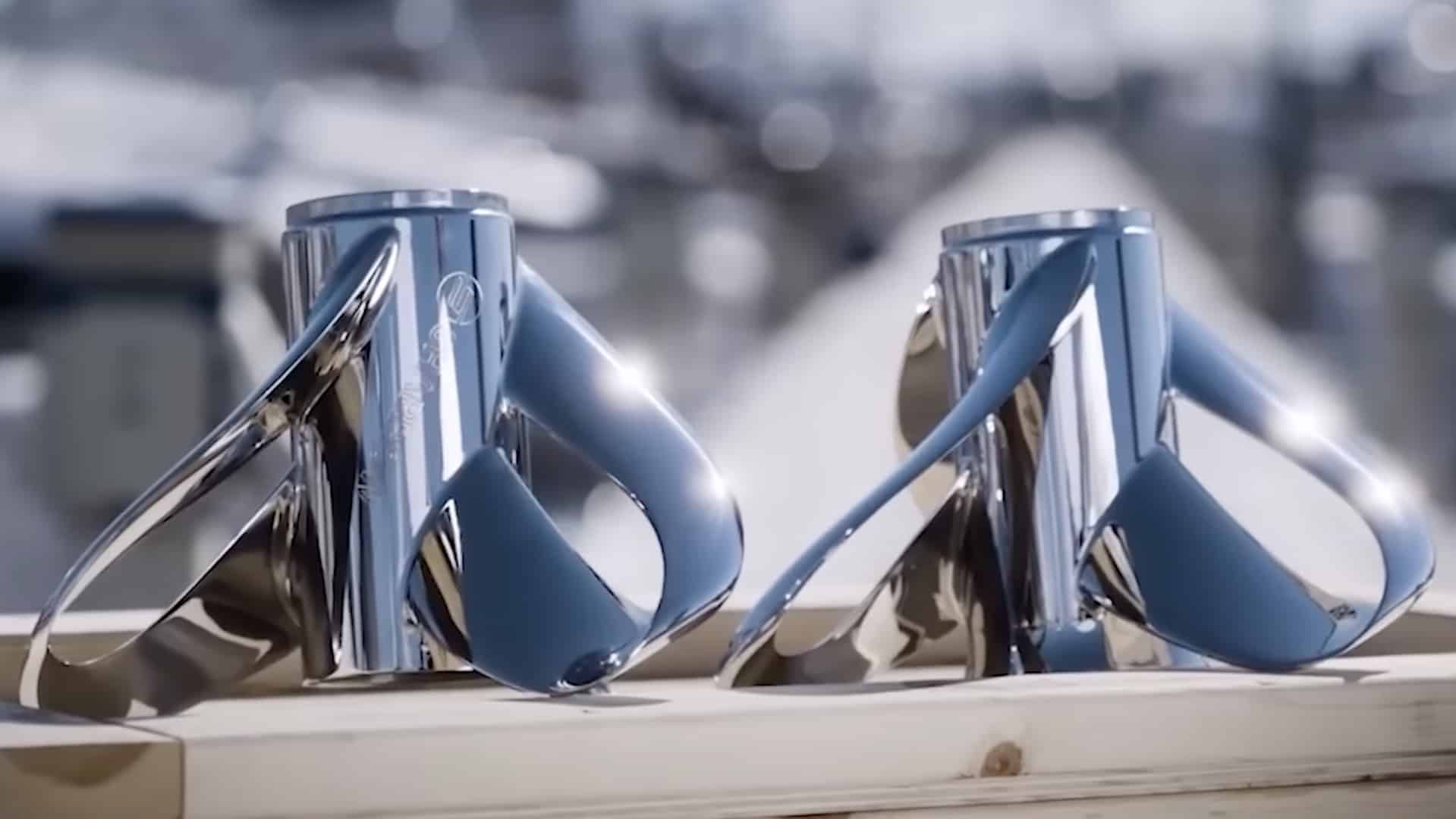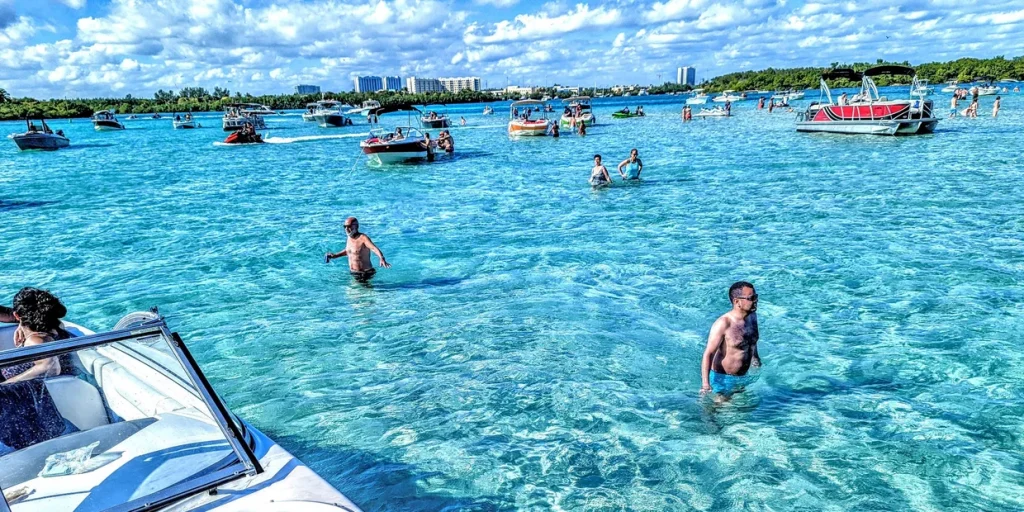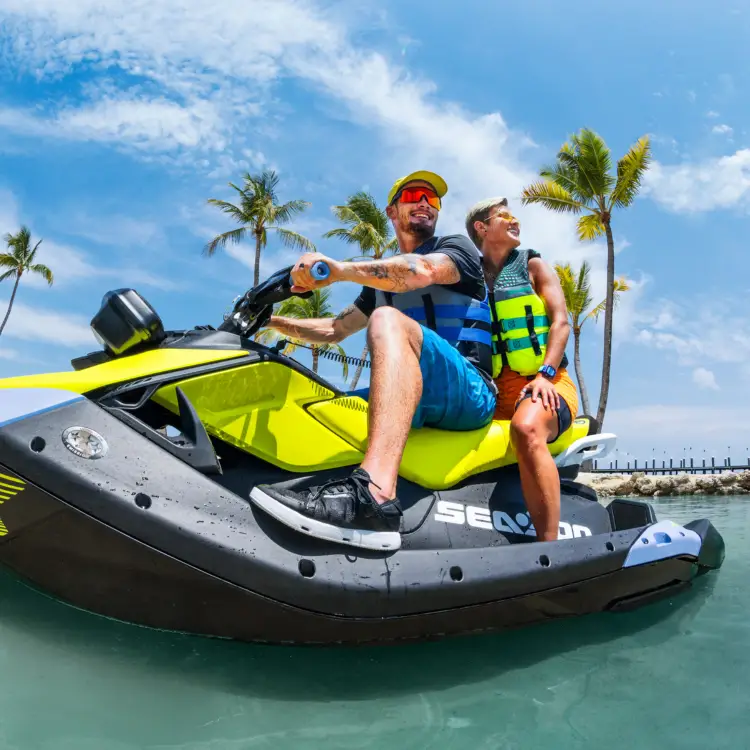Top 20 Parts of a Boat for Seamless Sailing
Boating enthusiasts and newcomers alike often seek to understand the different components of a boat. Knowing the names and functions of these parts not only helps in better navigating the waters but also in maintaining the vessel.

Understanding the top 20 parts of a boat is essential for both safety and enjoyment on the water. This article will provide a clear overview, allowing readers to get acquainted with the essential components that make up their boat.
1) Anchor
An anchor is a crucial part of a boat, essential for keeping it stationary in water. It provides stability by securing the boat to the seabed, preventing drifting due to wind or current.
Different types of anchors serve various purposes. The fluke anchor is popular for its effectiveness in sand and mud. It has flukes that dig into the seabed when the line is pulled.
For larger boats or harsher conditions, heavier and more robust anchors are needed. A storm anchor is designed to hold a boat in winds up to 42 knots. It offers more holding power compared to lighter or smaller anchors.
Anchors are used with a chain or rope called the rode. The length of the rode should be about seven times the water depth, a ratio known as the scope. This helps ensure the anchor sets properly and holds the boat securely.
Choosing the right anchor requires considering the boat's size and the typical water conditions. An anchor’s weight and type should match the circumstances. For example, a lunch hook is suitable for calm waters, while a storm anchor is necessary for rough weather.
2) Bow
The bow is the front part of a boat. It is designed to cut through the water. This helps make the boat move smoothly.
The bow's shape is often pointed. A pointed bow reduces resistance when moving through water. Some boats have a blunt bow for different purposes.
The bow provides stability. The design helps in balancing the boat, especially in rough waters.
Many boats have a bowsprit, an extension from the bow. This is common in sailboats. It helps to attach sails and other gear.
The bow is very important in navigating and steering. By watching the position of the bow, a sailor can change direction properly.
If you want more information, you might want to check this illustrated diagram of a boat's anatomy.
3) Stern
The stern is the back part of a boat. It is crucial for the overall structure and design of the vessel. This is where the rudder and other steering components are often located.
The stern can have various shapes. For example, a double-ender stern is rounded and pointed, found in traditional fishing boats and Viking longships. This design offers good seaworthiness.
Located at the stern is the taffrail, a handrail around the edge of the deck. The sternpost, a steel bar, supports the rudder and adds to the structural integrity. Knows for its importance, the stern plays a key role in handling and performance.
If water rises above the gunwale at the stern, it can enter the boat. This highlights its role in stability. The stern also often houses the engine in motorboats, making it vital for propulsion.
For more details about different components and designs of the stern, refer to Stern of a Boat.
4) Keel
The keel is a crucial part of a boat. It is a long, flat blade that extends downward from the bottom of the vessel. Its main role is to provide balance and prevent the boat from tipping over.
Keels come in various designs. Some are longer and dive deeper into the water. These differences can affect the boat’s performance and handling.
From a structural point of view, the keel acts as the backbone of the boat. It supports the hull and ensures the vessel remains stable in the water.
In sailing boats, the keel also holds the ballast. This weight keeps the boat upright and counterbalances the force of the wind. It's an essential feature for maintaining control during sailing.
For more details about the keel's functions and types, you can check this detailed explanation.
5) Rudder
A rudder is a crucial part of a boat's steering system. It helps control the direction of the boat by redirecting water flow. Typically made of steel or other durable materials, the rudder is mounted at the stern, or back, of the boat.
The rudder consists of two main parts: the rudder blade and the rudder stock. The rudder blade is the flat surface that interacts with the water. Different shapes and sizes of rudder blades affect how the boat maneuvers.
The rudder stock is a sturdy vertical shaft that connects the rudder blade to the boat. It allows the rudder to pivot, enabling steering control. Rudder stocks are typically made from metal to provide strength and durability.
There are different types of rudders in use. An unbalanced rudder has the entire blade positioned behind the rudder stock, requiring more force to turn. A balanced rudder has part of the blade in front of the stock, which makes it easier to steer by reducing resistance.
The semi-balanced rudder combines elements of both balanced and unbalanced designs. It offers a compromise between ease of use and control. This type is commonly found on modern ships.
6) Mast
The mast is a tall, vertical pole that holds the sails on a boat. It's usually positioned slightly towards the front of the vessel. The mast is crucial for sailing because it allows the boat to catch the wind and move forward.
Most masts are made from materials like wood, aluminum, or carbon fiber. These materials are chosen for their strength and durability. Wood masts offer a classic look, while aluminum and carbon fiber provide modern performance advantages.
The mast's primary function is to support the sails, but it can also house other essential equipment. This includes lights, look-out positions, and radio antennas. These additions help improve safety and communication while at sea.
Maintaining the mast is vital for ensuring its durability and performance. Regular inspections and proper cleaning can prevent damage. Avoid using harsh cleaning agents that might harm the mast's finish. Keeping the mast in good condition leads to better sailing performance and safety.
Different types of masts are suited to different kinds of boats. For example, yacht masts are designed to handle heavy sails and complex rigging systems. They also need to balance weight and stability. In contrast, masts on smaller sailboats prioritize agility and speed.
7) Boom
The boom is a horizontal spar attached to the bottom of the main sail's mast. It extends aft and swings side to side.
This part of the boat supports the foot of the sail. It helps control the sail's shape and angle. When the boom is used effectively, it can significantly improve sail performance.
A boom vang or kicking strap is often attached to the boom. This tool helps keep the boom from lifting.
Sailors must be cautious around the boom. It can swing quickly and with force, making it a potential safety hazard on a sailboat.
The boom is essential for handling the mainsail. It allows sailors to manage the trim and power of the sail.
In some sailboats, the boom also supports additional lines, such as reefing lines. These help reduce sail area in strong winds.
8) Deck
The deck is a flat surface that covers the hull of the boat. It serves as the primary working area on the boat.
People can walk, sit, or work on the deck. It also helps strengthen the hull and forms the roof of the boat.
The deck is usually located on top of the hull. It provides access to different parts of the vessel, like the bow and stern.
Some boats have hatches on the deck for accessing storage below. Others might have a hardtop to protect from the weather.
The structure of the deck is crucial for the boat's stability. It needs to be sturdy and durable.
On many boats, the deck is the main area where activities take place. This can include fishing, sailing, or just relaxing.
Maintaining a deck involves regular cleaning and checks for damage. Proper upkeep ensures the deck remains safe and functional.
9) Hull
The hull is the main body or shell of a boat. It provides buoyancy and supports the structure of the vessel in the water. This part is crucial as it ensures the boat stays afloat by displacing the water around it.
There are various types of hulls, including displacement and planing hulls. Displacement hulls are often found on boats that need to carry heavy loads, like large fishing boats and yachts. These hulls sit deeper in the water and move by pushing the water aside.
In contrast, planing hulls are designed to skim across the water at higher speeds. Smaller boats and speedboats typically use this type of hull. They ride on top of the water rather than pushing it away, allowing for faster travel.
Freeboard is the distance from the waterline to the top of the hull. It affects the boat's safety and ability to handle rough waters. A higher freeboard means better protection against waves.
Another important element is the gunwale, the top edge of the hull’s side. It adds strength to the structure and helps prevent water from entering the boat.
The hull's shape also plays a significant role in the boat's stability, maneuverability, and speed. Flat-bottomed hulls offer great stability on calm waters, while V-shaped hulls provide smoother rides in choppy conditions.
For more detailed information, including diagrams, you can explore this illustrated guide.
10) Port
Port refers to the left side of a boat when facing forward. It is an essential term for navigation and communication onboard. The port side is often marked with red lights and shapes to distinguish it from the starboard side, which is on the right.
Understanding the concept of port is crucial for ensuring safe and effective navigation. It helps crew members coordinate movements and avoid collisions. The use of standardized terms like port and starboard simplifies communication, especially in challenging conditions.
Sailors and boaters must know the port side to follow maritime rules and regulations. These rules include the right-of-way and proper signaling to other vessels. The distinction between port and starboard is also vital during docking and maneuvering in tight spaces.
11) Starboard
Starboard refers to the right side of the boat when you are facing forward toward the bow. It is an essential term in nautical navigation and helps in clear communication on the water.
Sailors and boaters often remember that starboard means right by using various memory aids. One common method is associating "stars" and "right" together.
At night, the starboard side of a boat is indicated by a green navigation light. This is important for identifying the direction a vessel is heading and for preventing collisions on the water.
Knowing the difference between starboard and port (left side) is crucial for safety and efficient navigation. If you want more detailed information, you can check Port and Starboard: Side and Lights Explained.
12) Prow
The prow is the front-most part of a boat or ship. It is crucial for cutting through water efficiently. The prow helps direct water away from the boat as it moves, reducing resistance and helping the boat move more smoothly.
Traditionally, prows were made of wood, especially oak during medieval times. Modern prows can be made from various materials like metal or fiberglass. This makes them strong and durable, able to withstand harsh conditions at sea.
The prow is often confused with the bow. While they are closely related, the bow refers to the entire front section of the boat. The prow specifically points to the part above the waterline that extends forward.
Some prows have decorative elements such as carvings or figureheads. These designs are often unique and add a distinct look to the vessel. They have been popular in shipbuilding for centuries.
In addition to aesthetics, the prow also plays a role in navigation and stability. Some prows may have small rudders or wings to help with steering. This assists in keeping the vessel on course, particularly in rough waters.
The design and shape of the prow can vary. Sleeker, more streamlined prows are common on racing boats. These designs help minimize drag and maximize speed and efficiency.
For more detailed information, you can visit LakeWizard and Maritime Page.
13) Cabin
The cabin is an important part of a boat. It serves as an enclosed space inside the hull. This area can provide a place to sleep, relax, or store gear.
The size and style of a cabin can vary. On smaller boats, it may be just a simple room. Larger vessels might have multiple rooms, each with a specific function.
Cabins often include beds, commonly known as berths. Some cabins also have built-in storage spaces to keep belongings secure and organized. The cabin can be a comfortable retreat from the weather, offering shelter from rain and sun.
Another feature is the hatch, an opening that acts like a window or door. It allows light and ventilation to enter the cabin. The cabin can also be fitted with specific amenities like seating areas and dining tables for added comfort.
The flybridge or flying bridge is sometimes found on top of the cabin, providing an additional steering station with excellent visibility. This area is accessible and offers a great view for navigation.
For more details, you can check out this helpful guide on boat cabins and other parts.
14) Cockpit
The cockpit of a boat is the space where the driver controls the vessel. It includes the steering wheel, known as the helm, and other essential controls for operating the boat. Passengers may also sit in this area, especially on smaller boats.
In many boats, the cockpit is located at the rear. It offers a clear view of the surroundings, which is important for navigation. For sailboats, the cockpit often includes additional controls for managing the sails.
The cockpit can be open or enclosed. An enclosed cockpit provides protection from the weather, offering more comfort for passengers. Open cockpits are usually found on smaller boats and are more exposed to the elements.
Space in the cockpit can also be used for storage, especially on larger boats. It's designed to be a functional area that supports both recreation and navigation. For more detailed information, see Discover Boating's section on the cockpit.
Cockpits vary in size and complexity. Some have seating areas and tables, making them social spots on the boat. Others are very basic, with just enough room for the driver and essential controls. This variation depends on the boat's purpose and design.
15) Hatch
A hatch is an important part of a boat, providing access to different sections. It serves as a doorway or window, commonly located on the deck or cabin. Hatches help in accessing storage areas, engine compartments, or living spaces below deck.
Hatches can be made of various materials like wood, metal, or plastic. They are designed to be watertight to prevent water from entering the boat. Some hatches have locking mechanisms to secure them when closed.
Depending on their location and use, hatches come in different shapes and sizes. They might have handles, hinges, or lift-assisted mechanisms. Many boats have hatches with clear covers for natural light.
A good hatch design ensures easy access and safety. It's crucial that they remain in good condition, with properly functioning seals and locks. Regular maintenance and inspection can help in preventing leaks and damage.
For more details, visit Discover Boating.
16) Galley
The galley on a boat is its kitchen area. This part of the boat can be inside or outside on the deck.
It allows for the preparation and cooking of meals while at sea.
A galley typically includes basic kitchen equipment such as a stove, oven, and storage for food and utensils.
Appliances are often designed to save space and be securely fastened to handle the boat's movement.
Some galleys are equipped with advanced features like a built-in microwave, fridge, and even freezers. This makes it possible to store fresh food for longer trips.
The layout of the galley can vary depending on the boat's size. In smaller boats, the galley is usually compact and efficient. In larger vessels, it might be more spacious with a more extensive range of amenities.
Cooking in the galley requires secure attachment of all items to prevent them from moving or falling during travel. This ensures safety and convenience.
Many galleys also include a sink with fresh or seawater, dish storage, and prep areas. This setup helps maintain the hygiene and order needed for meal preparation at sea.
It’s common to find features like a rail-mounted BBQ or other outdoor cooking tools in galleys on yachts or larger boats. This allows for flexible cooking options, depending on weather and preferences.
For detailed information on boat kitchens, visit this resource. This can help you better understand what to expect from different galley setups.
17) Bilge
The bilge is a key part of a boat, located at its lowest point. It serves as a collection area for excess water.
This water can come from various sources like leaks, wave splashes, rain, or condensation.
A bilge pump is usually installed in this area to remove the water.
This pump can activate automatically through sensors or be turned on manually from the helm or electrical panel. It ensures that the boat remains stable and safe by keeping the water level in check.
During emergencies, the bilge pump plays an important role. It assists emergency pumps in removing large amounts of water quickly.
The most common types of bilge pumps are centrifugal and diaphragm pumps. These pumps are essential for managing unexpected water ingress and maintaining buoyancy.
Proper maintenance of the bilge and bilge pump is crucial. Regular checks ensure that the system works efficiently and prevents water from accumulating.
A well-maintained bilge system can prolong the life of the boat and enhance safety.
More detailed information about bilges can be found here and here.
Understanding the function and importance of the bilge is essential for any boat owner. It helps in avoiding potential hazards and ensures a smoother and safer boating experience.
18) Tiller
The tiller is a key part of many boats, especially smaller sailboats. It is a lever used to turn the rudder, which in turn steers the boat.
Unlike a wheel, the tiller is moved in the direction opposite of where you want to go. If you want the boat to go left, you push the tiller to the right.
The tiller is often attached to a post connected to the rudder beneath the hull. This setup allows for direct and precise control.
For added comfort and convenience, many boats also feature a tiller extension. This extension helps sailors steer without having to stand directly at the tiller.
Most tillers are made from durable materials such as wood, aluminum, or carbon fiber. The choice of material can affect the tiller's weight and handling.
Tillers and extensions come in various lengths and styles to suit different types of boats and sailing conditions.
Some sailboats use a tiller head, located at the aft end near the cockpit area. It connects directly to the rudder stock and makes steering easier.
For those who enjoy hands-on control, the tiller is an indispensable tool. It provides a straightforward way to steer the boat, making it perfect for both beginners and seasoned sailors.
19) Transom
The transom is found at the stern, or the back, of a boat. It is a key structural component that ties together the two sides of the boat, giving form and support to the hull. Most often, it is a flat, vertical surface.
A transom acts as a protective barrier. It prevents water from entering the hull, shielding the boat's interior from waves, splashes, and rainwater. This helps in keeping equipment and wiring dry and safe.
The transom also plays a role in shaping the boat's wake. Its design can impact how the water flows off the back of the boat, which can affect performance. A well-designed transom can improve the boat's handling and speed.
There are different types of transoms, such as full transoms and notched transoms. A full transom runs straight across the stern, while a notched transom has a lower section in the middle for outboard motors. Each type has its benefits based on the boat's intended use.
The transom provides a platform for mounting various components. This includes outboard motors and other equipment. It must be sturdy enough to handle the weight and forces these attachments create.
For more detailed information, visit Boat Bliss Blog or Maritime Page.
20) Binnacle
A binnacle is a waist-high stand found on the deck of a ship. It is usually positioned in front of the helmsman. This placement allows easy access to navigational instruments.
Traditionally, the primary purpose of the binnacle is to hold the ship's magnetic compass. The compass is mounted in gimbals to keep it level as the ship moves.
Modern binnacles are often cylindrical and made of non-ferrous materials. This helps prevent interference with the magnetic compass. Earlier, wooden binnacles were common.
Besides the compass, a binnacle may house other important instruments. These include items that are crucial for navigation and maintaining course.
The main part of the binnacle is divided into sections. The top part holds the compass bowl, while the middle section is accessible through a door. This door often houses corrector magnets to adjust for any magnetic distortion.
For more details, visit Marine Insight's article on Binnacles.
Boat Hull Types
Boat hulls come in different designs, each offering particular advantages and suitability for various water conditions. The main types are monohulls and multihulls, each with unique features.
Monohull
A monohull is a single-hulled boat. It is the traditional design found in most boats, such as many sailboats, fishing vessels, and trawlers. Monohulls have displacement hulls that lie in the water, providing stability and smooth movement, especially in rough seas.
Monohulls can be further classified by the shape of their hulls. Common types include flat-bottom, v-bottom, and round-bottom.
Flat-bottom hulls provide stability in calm waters, making them ideal for small boats and fishing. V-bottom hulls cut through waves more efficiently, making them suitable for speedboats and rough waters. Round-bottom hulls offer a smooth ride and are used in larger vessels like sailboats.
Multihull
Multihulls have two or more hulls, offering increased stability and faster speeds compared to monohulls. These are popular in catamarans and trimarans. Each hull is narrow, reducing water resistance and allowing the boat to move quickly and smoothly.
The most common multihull designs are catamarans and trimarans.
Catamarans have two parallel hulls connected by a deck, providing a wide and stable platform. They are popular for recreational boating and cruising.
Trimarans have a main hull with two smaller outrigger hulls, offering both speed and stability. Both designs excel in calm and rough waters, making them versatile for various types of marine activities.
Propulsion Systems
Propulsion systems are essential for moving boats through the water. Different types of propulsion systems include inboard engines, outboard motors, and sail systems. Each type has unique advantages suited for specific boating needs.
Inboard Engines
Inboard engines are mounted inside the boat's hull. The engine often sits near the center of the boat. A driveshaft connects the engine to the propeller outside the hull. This setup creates a low center of gravity, which can help with stability.
These engines are powerful, making them ideal for larger vessels and those needing significant thrust.
Also, the inboard placement helps protect the engine from the elements. Maintenance can be more intensive since accessing the engine often involves working in confined spaces.
Inboard engines create less noise and vibration. This makes them a good choice for leisurely activities, such as cruising or fishing.
They also provide a smooth ride due to their central placement, offering balance and reducing the risk of tipping.
Outboard Motors
Outboard motors are external engines mounted on the boat's transom. They are versatile and can be used on many types of boats.
They are easier to remove for repairs or upgrades, offering convenience and flexibility.
They are generally lighter than inboard engines. This makes them suitable for smaller boats and those that need to be transported frequently.
Outboard motors also provide more space inside the boat for passengers and storage.
They are easy to steer, as the entire engine pivots to direct the boat. Maintenance is simpler since the engine is easily accessible.
However, they are exposed to the elements, which can lead to quicker wear and tear.
While outboard motors may be noisier, they are also more affordable and easier to replace.
Sail Systems
Sail systems harness wind power to move the boat. These rely on sails, masts, and rigging.
The sails catch the wind, directing the boat's movement without the need for fuel. This makes them environmentally friendly and quiet.
Sailing requires skill to handle the sails and understand wind patterns.
Sails can be adjusted to catch the wind at different angles, allowing for efficient travel in various directions.
Regular maintenance of the rigging is essential to ensure safety and performance.
Sailboats can range from small dinghies to large yachts. They offer a unique, immersive experience with the water and nature.
While they depend on wind conditions, modern sailboats often include auxiliary engines for backup, ensuring mobility when the wind is scarce.
Navigation Equipment
Navigation equipment is essential for any boat, helping to determine the vessel’s position, chart a safe course, and avoid obstacles.
GPS Systems
GPS (Global Positioning System) systems are vital for modern navigation. They use satellite signals to provide precise location data.
These systems show the vessel’s exact position, speed, and direction. Many GPS units also have chart plotting capabilities, allowing for easy route planning and monitoring.
GPS systems are easy to use and highly reliable. They are integral for safe navigation, especially in poor visibility.
They provide real-time updates, which are crucial in situations requiring quick decision-making.
Radar
Radar is used to detect other vessels, landmasses, and obstacles. It sends out radio waves that bounce back from objects, providing a clear picture of the surroundings.
This equipment is crucial for navigation in fog, rain, or nighttime conditions when visibility is low.
Radar helps in collision avoidance by identifying the distance and direction of nearby objects. Integrated with other systems, it can enhance navigation by providing a comprehensive view of the marine environment.
Compasses
Compasses are one of the oldest navigation tools and continue to be a primary means of direction finding.
A magnetic compass aligns with the Earth's magnetic field to point north. It is often placed at the center line of the ship on a raised platform for easy visibility.
Marine vessels may also use gyrocompasses, which find true north by relying on the rotation of the Earth.
Compasses are crucial for maintaining a steady course, especially when GPS systems fail or are unavailable. They provide a fundamental backup that every sailor should understand.
Frequently Asked Questions
These questions cover key parts of a boat that are critical to its function and performance, including the roles of the helm, stern, hull shape, and steering mechanism.
What is the helm of a boat and what is its function?
The helm is the area from which a boat is steered. It includes the steering wheel or tiller. The helm's function is to control the boat's direction, guiding it safely through the water.
Can you list the essential components of a sailboat's rigging?
A sailboat's rigging includes the mast, boom, shrouds, stays, and sails. These components work together to capture wind and propel the boat forward. The rigging is crucial for maintaining sail shape and optimal sailing performance.
What is the purpose of the stern on a boat?
The stern is the rear part of the boat. It often houses the engine in motorboats and serves as the main point for boarding and disembarking. In sailboats, the stern can also anchor some rigging components.
How does the hull shape affect a boat's performance?
The hull shape determines how the boat interacts with water. A deep V-shaped hull enhances stability and cuts through waves efficiently, while a flat-bottomed hull provides speed in calm waters. Different shapes suit various water conditions and boating activities.
What are the primary parts involved in a boat's steering mechanism?
The primary parts of a boat's steering mechanism include the helm, rudder, and steering cables or hydraulics. The helm transmits steering inputs to the rudder, which adjusts the boat's direction. These components must work together smoothly for effective navigation.
What is the significance of the bilge in a boat's structure?
The bilge is the lowest part of the boat where water often collects. Its main purpose is to store this water temporarily and facilitate its removal via pumps.
Keeping the bilge dry prevents structural damage and maintains the boat's buoyancy.
Charlie is Editor-in-Chief of Sea Magazine
